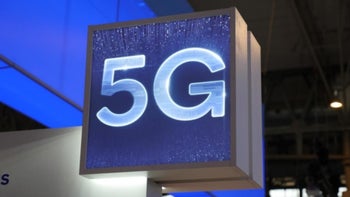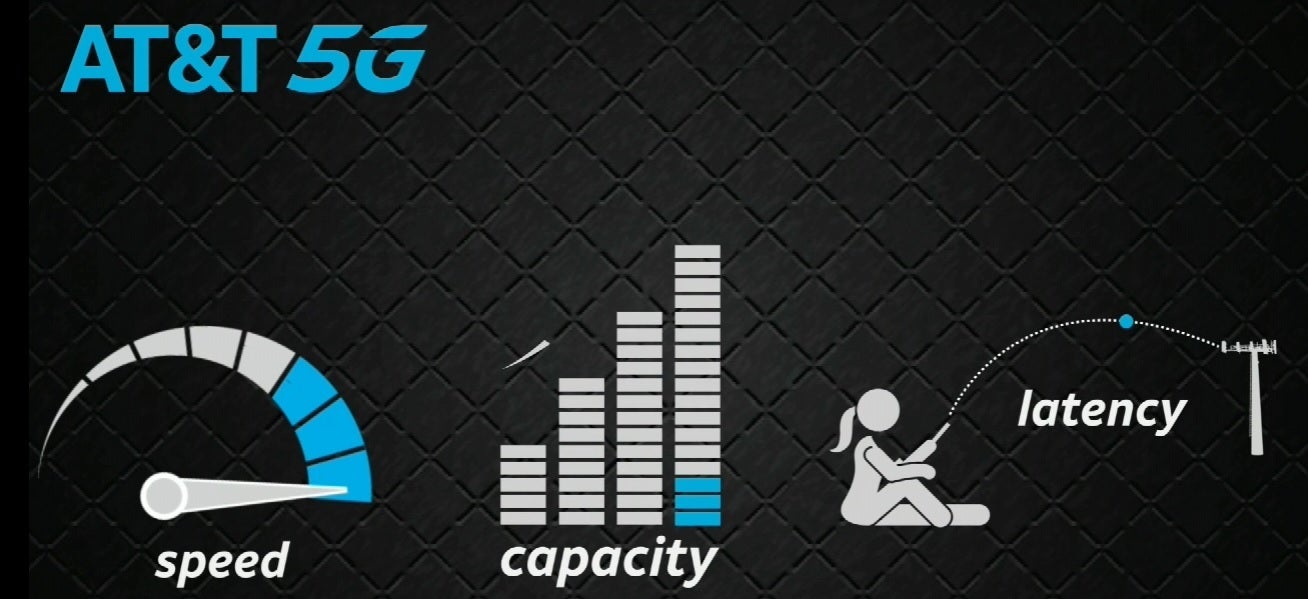First 5G call is made over AT&T's C-band spectrum

T-Mobile's acquisition of Sprint was a brilliant move on the part of the carrier because it gave the upstart wireless provider control over Sprint's hoard of mid-band 2.5GHz spectrum. Using mid-band spectrum is the key to T-Mobile's 5G layer cake system that starts with the 600MHz low-band airwaves that travel great distances but deliver 5G speeds that are not much faster than 4G.
At the opposite end of the spectrum is the extremely fast high-band mmWave spectrum with signals that are limited in distance and are easily blocked by structures.
AT&T and Nokia team up to successfully complete the carrier's first test call over its C-band mid-range spectrum
The solution is to use spectrum in the middle that is faster than low-band but not as fast as mmWave, and covers more distance than mmWave but not as much as low-band. And that is what T-Mobile delivers with the mid-band spectrum it obtained from Sprint. Some analysts believe that its mid-band holdings will help T-Mobile become the nation's fastest 5G provider thanks to its triple-layer cake.

AT&T's 5G delivers faster data speeds, larger capacity, and faster latency
So what stops AT&T and Verizon from copying T-Mobile? The amount of mid-band spectrum available for cellular networks is limited, but the FCC recently auctioned off 280MHz of C-band spectrum in the 3.7-3.98 GHz band. Verizon spent $45.4 billion on winning bids with $23.4 billion bid by AT&T and just $9.3 billion spent by T-Mobile.
But not all C-band is the same as T-Mobile CEO Mike Sievert stated several months ago when he said that "the truth is that C-band is best for urban areas because it doesn’t propagate as well as T-Mobile’s substantial existing mid-band frequencies. For us, C-band makes a great story even better, and we are incredibly pleased with our clear success in this auction. Our competitors had no choice but to go all in with a break-the-bank attempt to remain relevant in the 5G era."
AT&T announced this past week that it had teamed up with Nokia to successfully make the first phone call on AT&T's C-band spectrum using a 5G enabled device with a smartphone-like form factor. The latter is powered by Qualcomm's Snapdragon X55 5G Modem-RF System. Nokia’s AirScale baseband and 5G massive MIMO C-Band radio (with a large number of connections from the radio to the device) were also deployed in the test.
The nation's third largest carrier, by the end of 2023 AT&T hopes to cover 200 million people with C-band signals which will beat Verizon's announced schedule. In March, AT&T and Nokia signed a five-year deal that will enable the carrier to cover the United States with Nokia's C-band airwaves. Nokia last year became the first 5G supplier to use C-band to successfully complete a trial in the states.
AT&T hopes to enable 5G C-band calls for subscribers later this year
Paritosh Rai, who oversees AT&T's 5G Project Management Office, stated that "Bringing 5G innovation to market is very important to our teams. Working on these C-band field test calls gave us a feeling of, 'Let’s make history again!'" Later this year, AT&T is expected to flick the switch that will make C-band signals available to the first batch of AT&T's 5G customers.
Tony Seyfried, AT&T's Tech Vendor Manager, says, "C-band or spectrum will help enable our 5G network to reach its full potential – giving our customers the faster and increased connectivity they want." Seyfried added that "This is the type of project you’re really eager to take on because if you’re successful, you’re on the cutting edge of technology – not just for AT&T or our customers, but for the entire industry."










Things that are NOT allowed: